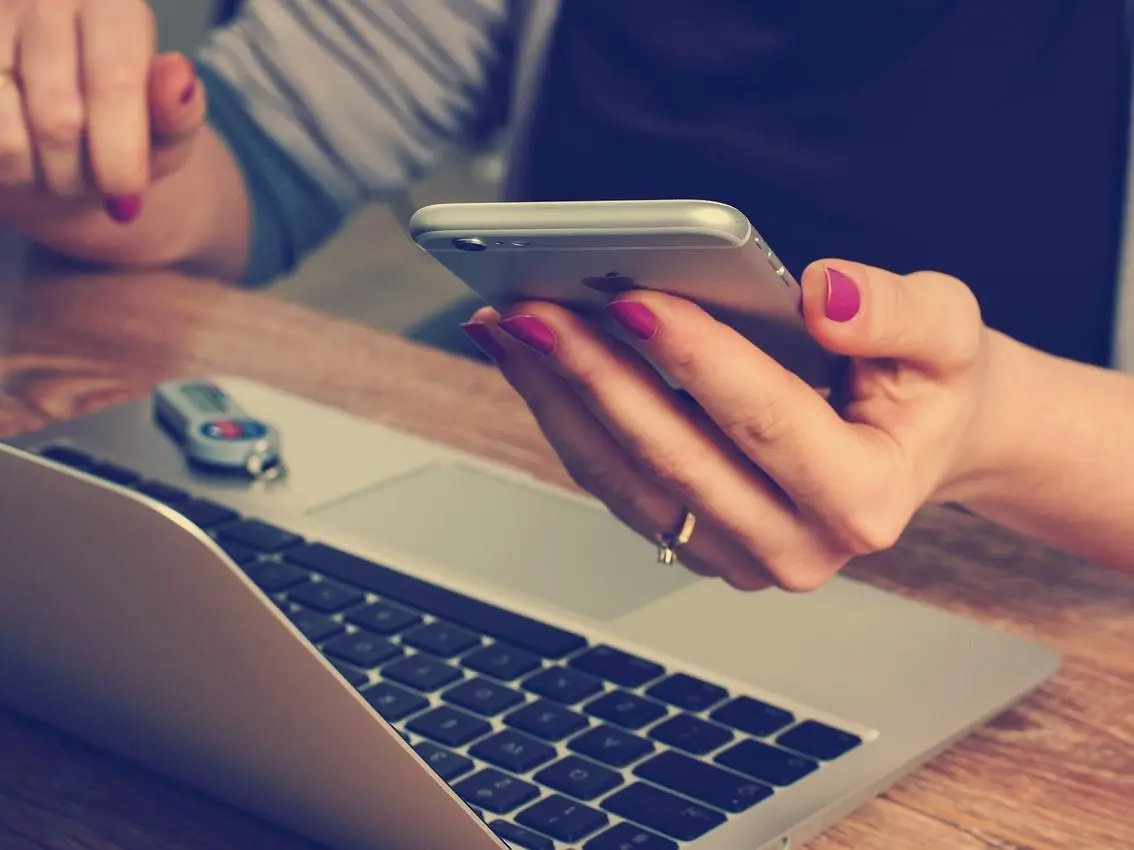People often take a "screen break" with another screen

How often do you scroll through your smartphone while also watching TV or check your notifications while working on your computer?
Sixty per cent of the time we use an electronic device, we are using at least one other device at the same time. This is according to new research from London School of Economics and Political Science (LSE).
In a new paper published in the journal Computers in Human Behavior Reports, researcher Dr Maxi Heitmayer finds that 60 per cent of smartphone use occurs in multi-device settings. In the remaining 40 per cent of cases, smartphones are used in isolation.
Three quarters (74 per cent) of multi-device use occurs with a smartphone and a computer, 12.5 per cent with a smartphone and TV and 7.5 per cent with a smartphone and tablet. On rarer occasions, three devices are used at the same time.
To carry out this study, Dr Heitmayer analysed the device use of 41 participants aged 20 to 30-years-old. Participants were provided with small cameras fixed on glasses enabling them to film their everyday device use. Over 200 hours of video was recorded and analysed.
The participants watched the videos back with the researcher and discussed their device use. When explaining why they often use multiple devices at the same time, one participant commented: "I find it extremely hard to focus on one thing. I find myself more comfortable when I sort of distribute my attention."
Another participant described how he checked his phone while working on the computer to get a quick rest, thus getting a break from a work screen with another screen. "I just need a few minutes break. And what’s there for a few minutes break? My phone is there."
On this, Dr Heitmayer notes in the paper that the notion of "needing break from the screen" might be more complex than it initially appears. As participants are usually happy to engage with another device during that time, the narrative of "relaxing the eyes" or "getting away from the machine" may not be applicable to many of those screen breaks.
Commenting on the findings, researcher Maxi Heitmayer from the Department of Psychological and Behavioural Science at LSE said: "It was incredibly interesting to see the various nuanced usage patterns of users with personal devices in rich, naturally occurring contexts.
"I believe this work has interesting implications for how we think about the flow of our daily activities and taking breaks. It also shows many interesting opportunities for design and further research, for example when it comes to smartphone overuse or reduced productivity."